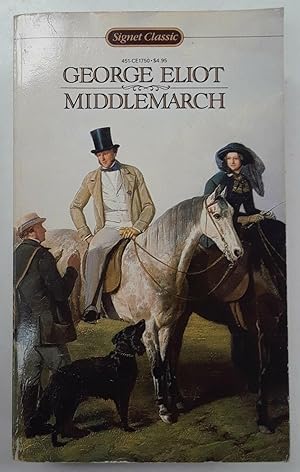

Luckily, it is comparatively easy to get ahold of Eliot's most famous works from this period, if you are willing to accept a second impression or first edition reprint The Mill on the Floss can be found in its three-volume work for as little as $500, whereas a true first impression edition would cost closer to $1000). For the antiquarian, the most valuable editions to own are those dating from this time period (before 1880). Her popularity occurred at the time when literature and the novel form itself was becoming much more popular across the English-speaking world, with the proliferation of private printing presses. There are still special reprint editions of her works dating from the 1860s to the 1870s - during her own lifetime. George Eliot was so successful in the latter years of her life and in the years after her death, that there are a large number of reprints available of her early works. She conducted a long term affair with the writer George Henry Lewes, even living together for twenty years as he and his lawful wife had agreed to have an open marriage.įor the collector, there is perhaps mixed news. Her novels The Mill on the Floss, Silas Marner and Middlemarch were anything but silly. Her private life was no less scandalous than her intellectual and literary: a woman who wrote under a male penname to avoid the widely held accusation of 'silly Victorian Ladies writing silly novels'. It is no great surprise that she was a student of the German materialist philosopher Feurbach (the pre-cursor to Marx) and was personal friends with Friedrich Engels, Charles Bray amongst others. George Eliot differed from her predecessors however, by her advance of what was then a 'radical' sensibility - a critique of society, industry, and the old order through the lives of the people who have to live in them. We can see here the continuing echoes of the great female writers of British History such as Bronte and Austen, who placed their stories in contemporary society (albeit with rather idealistic romances!). A precursor to the Modernists of Virginia Woolf and Hemingway, George Eliot was in fact a Victorian writer who was one of the first to move the novel format away from its moralistic, or formal schema to a more realist psychological protrait of people's lives, as they may be lived.

The author George Eliot (Mary Ann Evans) has been considered by many to be one of our finest novelists of the European tradition.


 0 kommentar(er)
0 kommentar(er)
